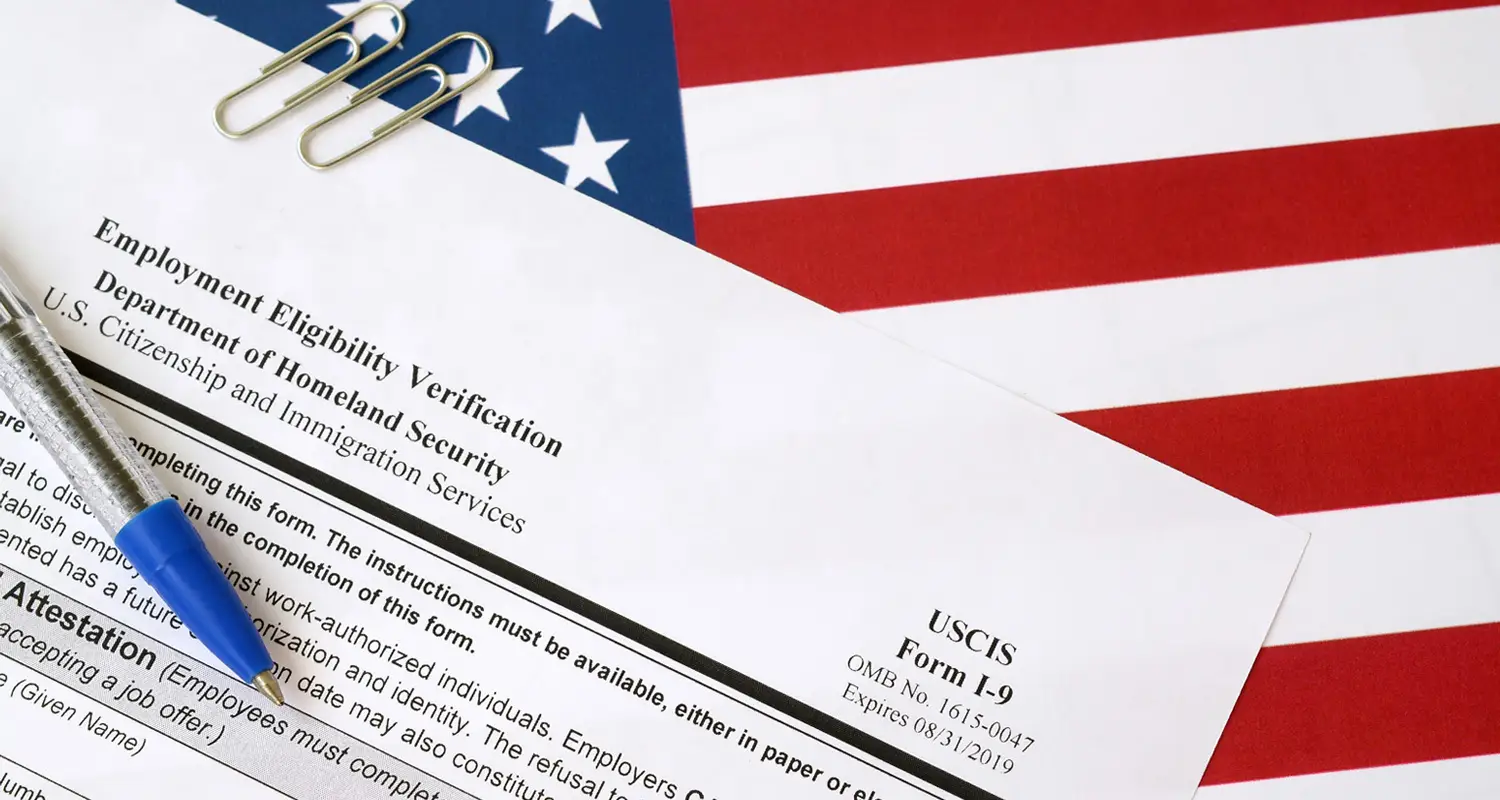The I-9 verification process has been a cornerstone of employee onboarding in the United States for years, serving to confirm an individual’s identity and authorization to work. As the business world increasingly embraces digital solutions, the I-9 process is also evolving. With 2024 on the horizon, it’s crucial for HR professionals to stay abreast of these changes and understand how digital identity can revolutionize employee onboarding. This article explores the future of the I-9 process and the integration of digital solutions.
Embracing Digital Identity in I-9 Verification
Traditional I-9 processes involve verifying an employee’s identity through physical documents like passports and driver’s licenses. This method, while effective, is prone to human error and inefficiencies. The advent of digital identity technology is poised to transform this process. By implementing digital identity solutions, organizations can more efficiently verify identities, reducing the likelihood of errors and non-compliance risks.
The Shift to Electronic I-9 Forms
The transition to electronic I-9 forms is a significant step towards modernizing the employee onboarding process. This shift allows employees to fill out forms digitally, whether on a computer or a mobile device, streamlining the process and reducing paperwork. Electronic forms are not only more efficient but also environmentally friendly and easier to store and manage.
Integrating Artificial Intelligence (AI)
AI and machine learning technologies are set to play a pivotal role in automating and enhancing the I-9 process. AI can be utilized to auto-fill fields with accurate data, thus speeding up the process and minimizing human errors. AI-driven systems can also help in maintaining compliance by keeping track of regulatory changes and updating forms accordingly.
Ensuring Compliance in the Digital Age
With the incorporation of new technologies in the workplace, adherence to legal and regulatory standards remains paramount. As digital identity solutions evolve, it is essential to ensure that these systems comply with current laws and safeguard employee data. Accessibility and security are key considerations in choosing the right digital solutions for I-9 verifications.
Enhancing the Employee Onboarding Experience
Digital identity solutions offer a more streamlined and user-friendly onboarding experience. Employees can complete necessary documentation remotely, offering greater flexibility and efficiency. This not only makes the process more convenient but can also positively impact new hire engagement and satisfaction.
Conclusion:
Looking towards 2024, digital identity and electronic I-9 processes are set to redefine employee onboarding. By embracing these technologies, organizations can enhance the accuracy of their verification processes, ensure compliance with evolving regulations, and offer a more efficient onboarding experience. Staying informed about these developments is essential for HR teams to effectively integrate these advancements into their onboarding strategies and ensure a smooth transition for new employees into the organization.

















Leave a comment